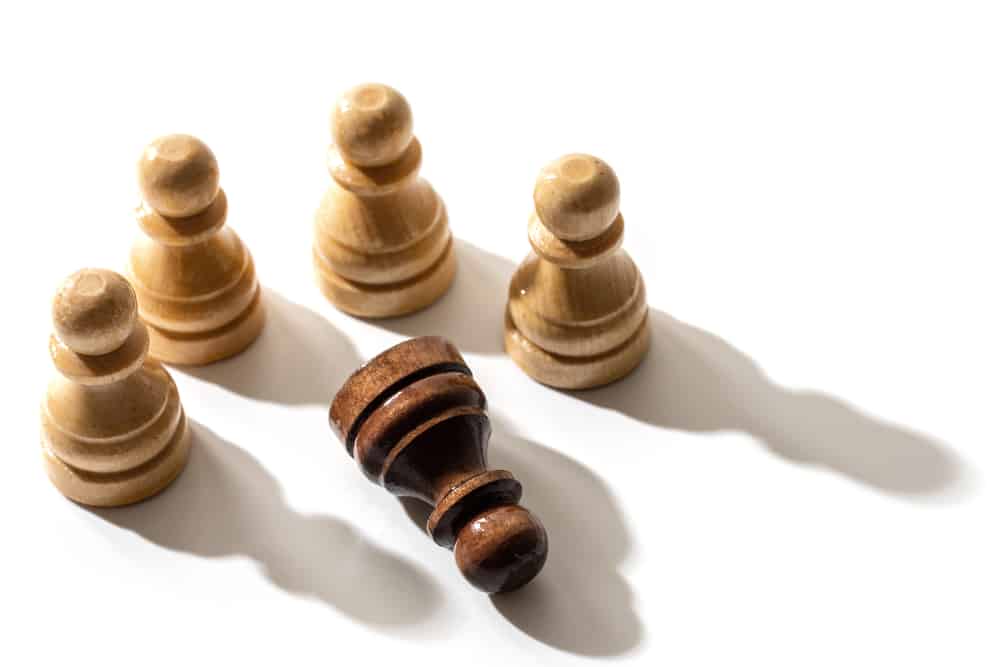
Back in the 18th century, the famous chess
player Francois Andre Danican Philidor was underlying the importance of the
pawns and “playing them well”, concluding that “pawns are the soul of chess”.
In the coming years, more and more strategical concepts were put together and
nowadays we have a whole set of guidelines that help us understand important
positional ideas.
The concept of weaknesses (weak squares or weak pawns) is perhaps
one of the first strategy lessons a club player receives. This way, we are
taught from an early stage about the importance of pawn moves and how they can
affect the position on the board.
Another element that keeps coming up in strategy is the pawn
structure and it refers to the way the pawns are placed on
the chessboard. Every aspiring chess player should become familiar with and
study the most common pawn structures and here are some reasons why:
1.Helps at choosing the right plan
One aspect that we have underlined in many of our previous
articles is that knowing how to “read” the board will help you play in harmony with what
the position “needs”.
In this sense, the pawn structure is a good indicator of
what you should be doing next. The pawn chain will indicate whether play should
happen on the queenside or on the kingside.
2.Saves time on the clock
Instead of spending a long time trying to find a plan, you will
already know the typical plans and what you should be doing in a certain
middlegame. You will know where your pieces are supposed to go and what your
opponent is playing for.
3.Helps at building your opening repertoire
Knowing the most important pawn structures will help you
enrich and build an overall harmonious repertoire. Although the first moves
might differ, many openings lead to the same type of structure.
For example, you could reach the same pawn structure from
the Queen’s Gambit Accepted, the French Defence, or the Petroff. If you know
the structure, playing all these middlegames won’t be a problem for you.
4.Enhances your endgame understanding
Pawn structures are very important not only for the
middlegame play but also for a better endgame understanding. For example, you
will know in advance whether an endgame will be better or worse for you,
without having to calculate a number of moves in advance. Some pawn structures
are better in the endgame and this is something to keep in mind throughout the
whole game.
5. Helps to get a positional edge
Pawns are not a separate entity and should always be
considered in relation to the pieces you have on the board. Depending on the
pawn structure on the board, you will know which pieces to keep and which to
trade. If your structure is still flexible, then you will know exactly where
your pawns should go in order to achieve a big advantage.
6. Helps to calculate less
Without having to calculate too much, you will know which
structures are considered to be weak and which are solid and allow you to play
for an advantage.
7. Provides the best game plan
When you are playing against a weak structure, you will know
exactly what to do and how to put your opponent under pressure. In the same
way, you will know what he/she is playing for and how to stop any active ideas.
8. Can help save games
The point above goes the other way as well. If you happen to
fall into a worse position, you will know what to play for in order to keep
good fighting chances. In most cases, active play is the key and you should be
always looking for ways to create counterplay.
9. Can help to start an attack
The pawn break can be a dangerous resource if used correctly
and can change the character of the position drastically. From typical pawn
breaks to positional pawn sacrifices, these are ideas every chess player should
study.
10. Help to decide the direction of the game
The pawn structure rarely stays the same throughout the
whole game. The position changes constantly and it is utterly important to
understand when to keep the central tension and when the right time to change
the pawn structure has come